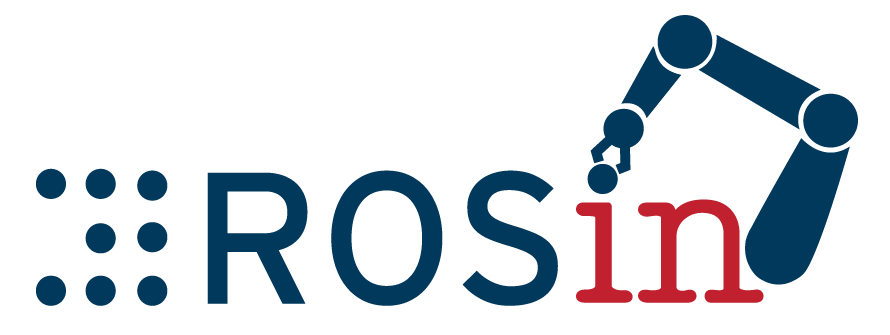Official ROS driver for Ensenso stereo cameras 
To get started with the package, take a look at the ROS wiki.
If you want to use the package with ROS2, see our ROS2 documentation on how to build for ROS2 and for further information.
- For using this package, you need to have the Ensenso SDK installed.
- Ensenso C-Series cameras require at least version 2.1.1
- Ensenso S- and XR-Series cameras require at least version 1.7.0.
- Version 1.7.0 and newer requires at least Ensenso SDK 3.0.
- Version 1.6.3 and older requires at least Ensenso SDK 2.0. Older versions are not supported.
- All inputs and outputs of this package are in meters and seconds, as the convention for ROS requires. This is different from the NxLib, which uses millimeters and milliseconds.
For general problems with your camera or the Ensenso SDK, please visit the Ensenso community forum or contact the IDS support.
Bugs of the ROS driver can be reported directly in the issue tracker.
Supported by ROSIN - ROS-Industrial Quality-Assured Robot Software Components. More information: http://rosin-project.eu/
This project has received funding from the European Union’s Horizon 2020 research and innovation programme under grant agreement no. 732287.





